Find Help
More Items From Ergsy search
-
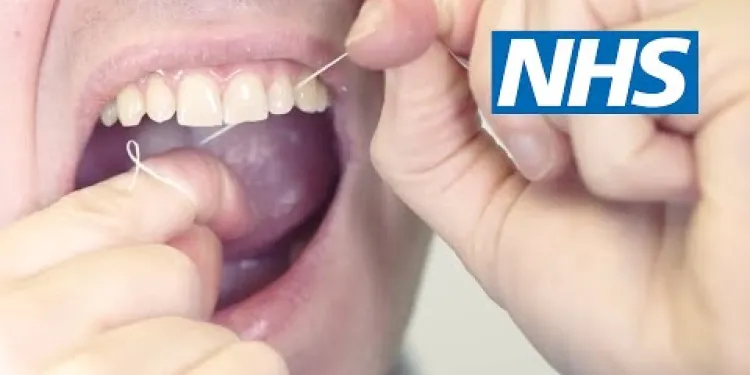
How to floss | NHS
Relevance: 100%
-
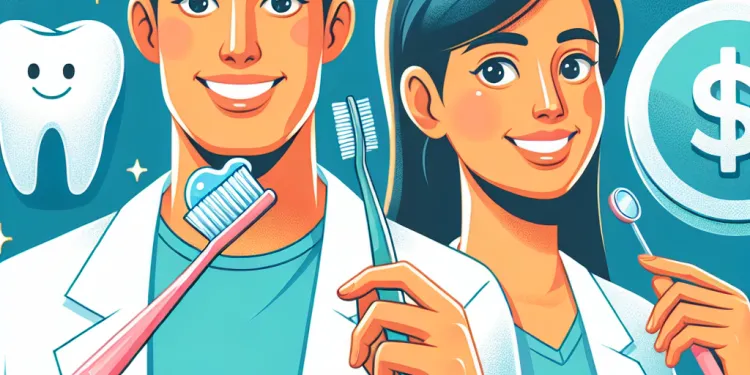
Dental Health: Tips for All Ages
Relevance: 36%
-
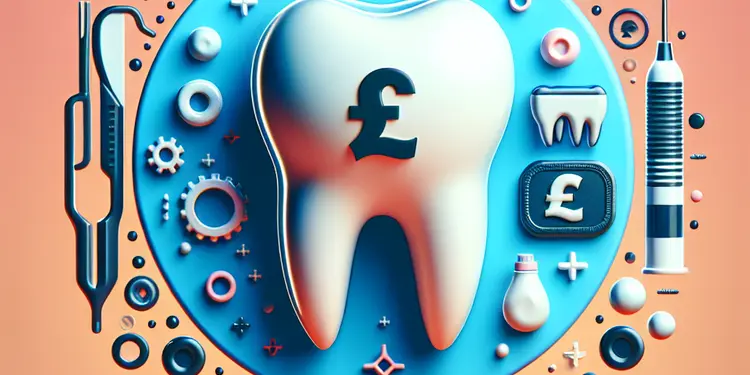
How can I prevent tooth decay?
Relevance: 30%
-
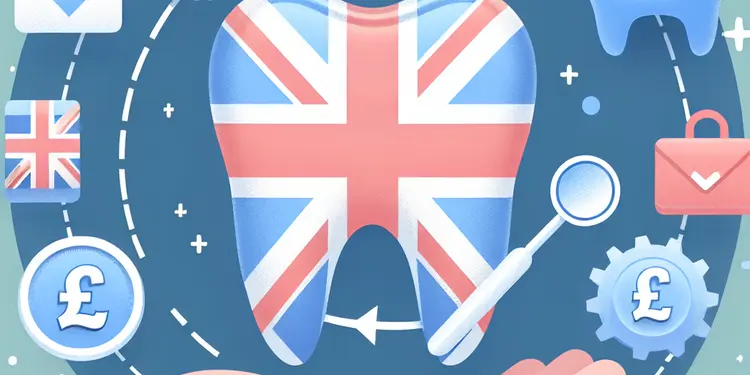
Can tooth decay be reversed?
Relevance: 29%
-
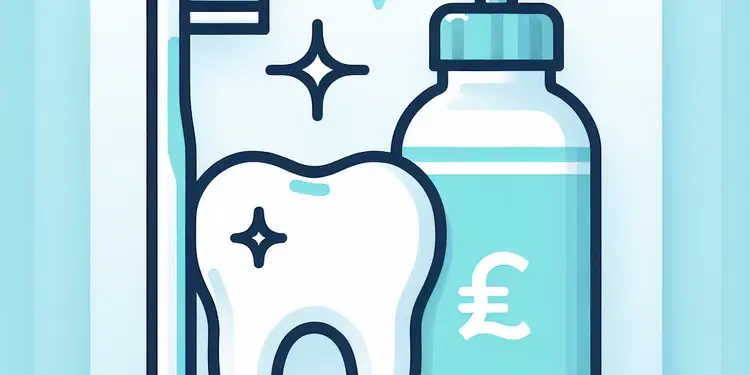
Can using mouthwash prevent tooth decay?
Relevance: 25%
-
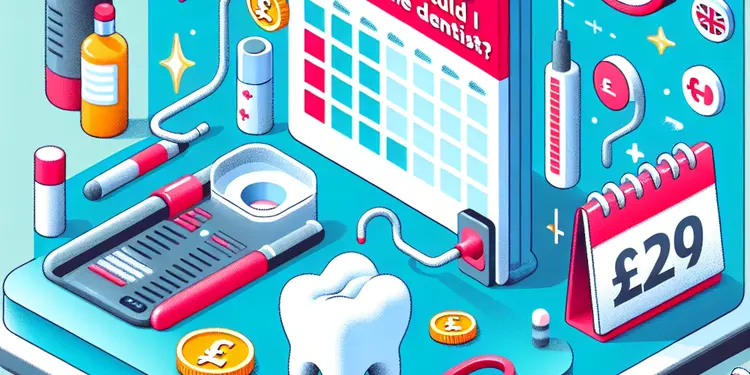
How often should I visit the dentist?
Relevance: 22%
-
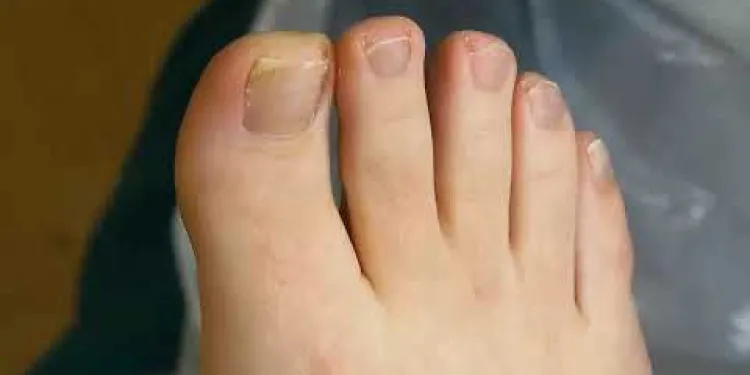
How to treat an ingrowing toenail / Involuted nail
Relevance: 22%
-
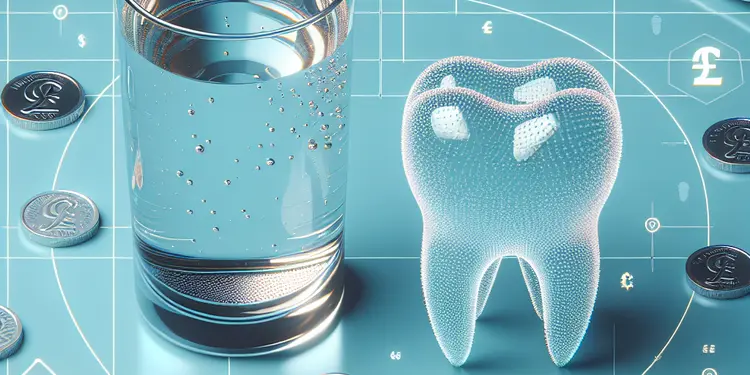
Can drinking water help prevent tooth decay?
Relevance: 19%
-
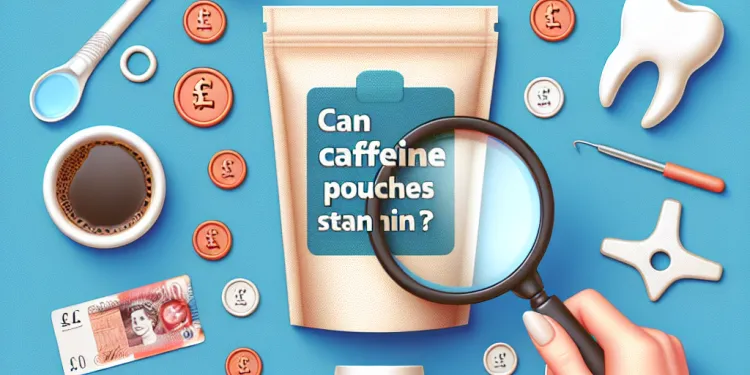
Can caffeine pouches stain teeth?
Relevance: 18%
-
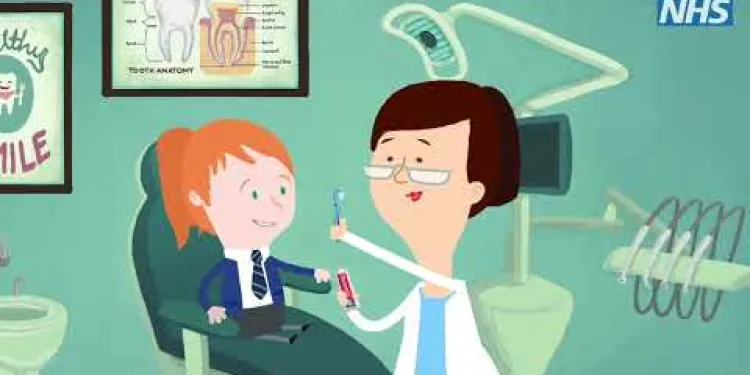
Oral Health Awareness - Tooth Decay
Relevance: 17%
-
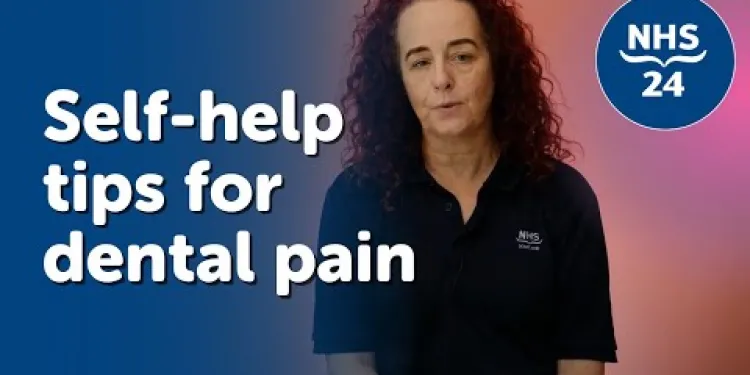
NHS 24 | Self-help tips for dental pain
Relevance: 17%
-
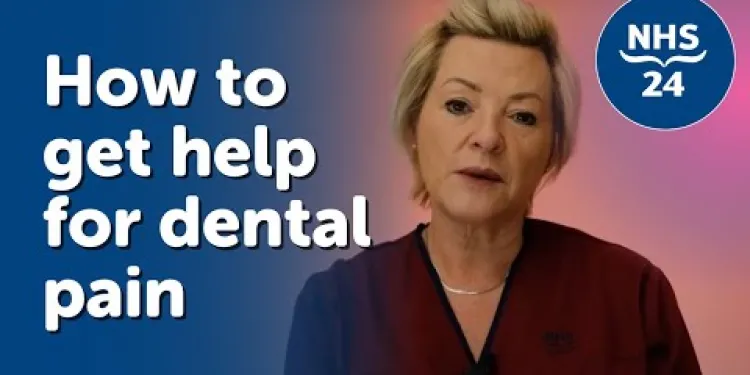
NHS 24 | How to get help for dental pain
Relevance: 16%
-

Is tooth decay common in children?
Relevance: 16%
-
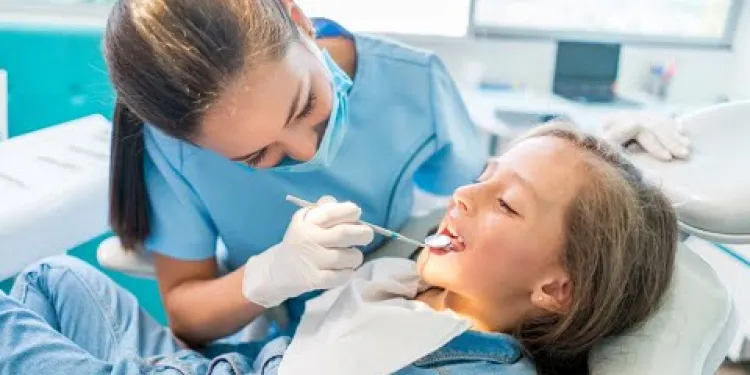
Can my child get braces on the NHS?
Relevance: 11%
-
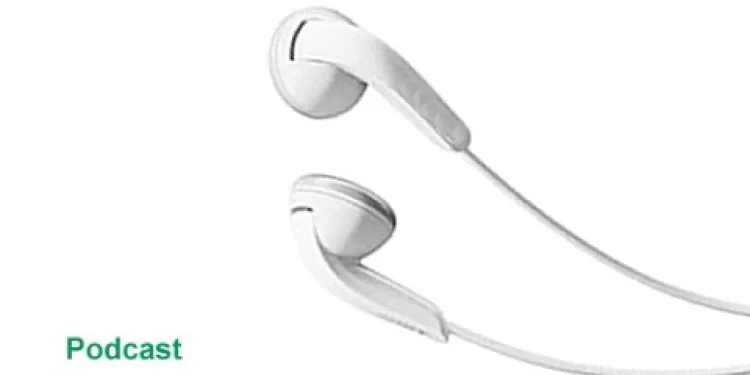
Coping with dry mouth
Relevance: 11%
-
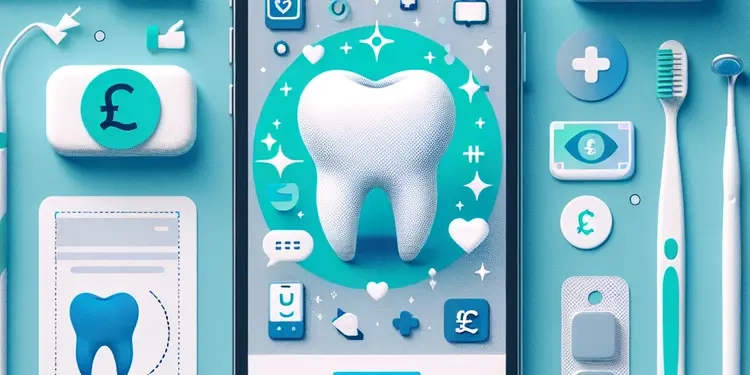
What is tooth decay?
Relevance: 11%
-
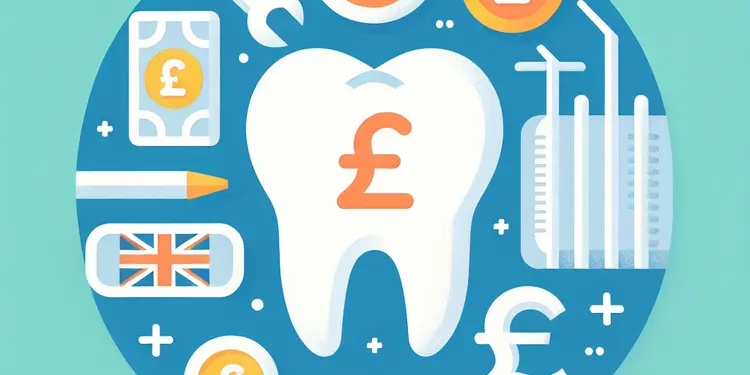
What treatments are available for tooth decay?
Relevance: 11%
-
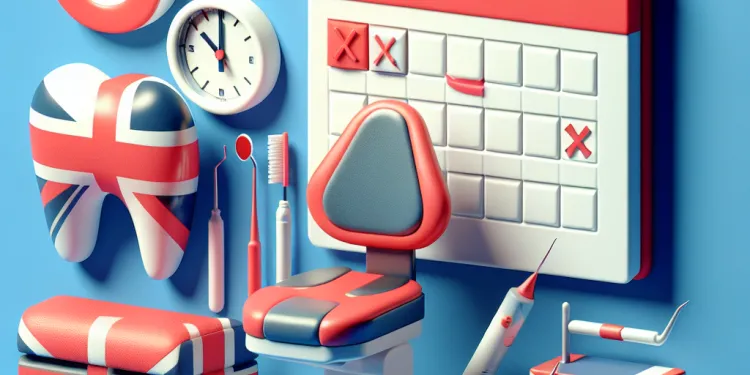
What should I do if I can't get an NHS dentist appointment?
Relevance: 11%
-
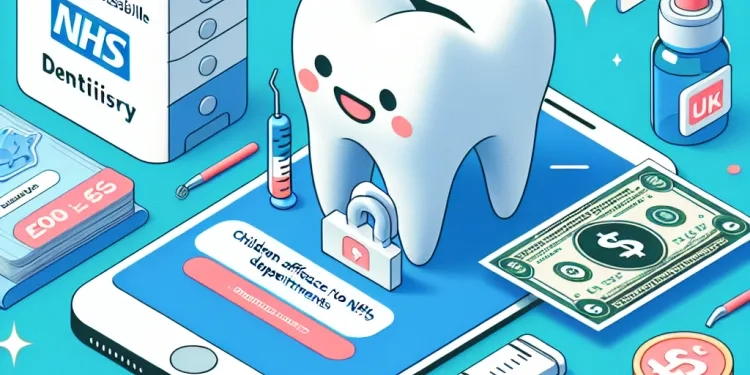
Can children get NHS dentist appointments?
Relevance: 11%
-

How does diet affect tooth decay?
Relevance: 11%
-

If you want NHS braces, watch this!
Relevance: 6%
-
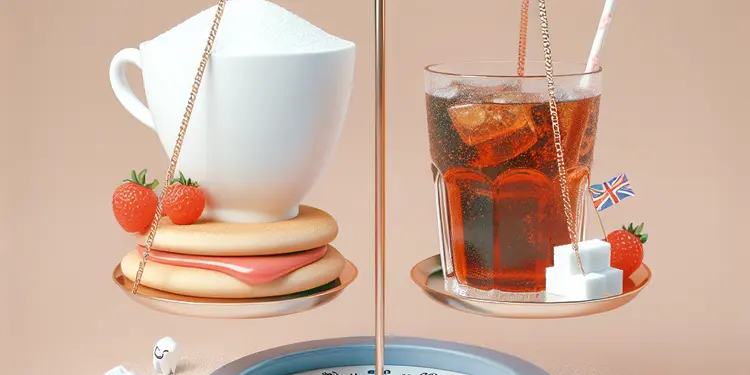
Are sugary drinks worse than sugary foods for causing tooth decay?
Relevance: 5%
How to Floss | NHS
Introduction to Flossing
Flossing is a crucial part of oral hygiene that helps remove plaque and food particles from areas between your teeth where a toothbrush cannot reach. The NHS recommends incorporating flossing into your daily routine to maintain healthy gums and prevent tooth decay. This guide provides detailed steps on how to floss correctly to ensure you get the most out of this practice.Choosing the Right Floss
There are various types of floss available in the market, including waxed and unwaxed, flavoured and unflavoured, and various thicknesses. It is essential to choose the type of floss that best suits your dental health needs. For those with tightly spaced teeth, a thinner, waxed floss may be easier to use. Patients with braces or dental bridges may prefer a specialized floss threader.Proper Flossing Technique
1. **Take About 18 Inches of Floss:** Break off around 18 inches of floss and wind most of it around one of your middle fingers. Wind the remaining floss around the same finger of the other hand. This finger will take up the floss as it becomes dirty. 2. **Grip and Position the Floss:** Hold the floss tightly between your thumbs and forefingers, leaving about an inch of floss to work with. Gently slide the floss between your teeth using a back-and-forth motion. 3. **Curve the Floss:** When the floss reaches the gum line, curve it into a C shape against one tooth. Slide it gently into the space between the gum and the tooth. 4. **Cleaning Both Sides:** Hold the floss tightly against the tooth, gently rubbing the side of the tooth, moving away from the gum with up and down motions. Repeat this process on the rest of your teeth. 5. **Use a Fresh Section of Floss:** As you move from tooth to tooth, use a clean section of floss.Flossing Tips and Best Practices
- **Be Gentle:** Avoid snapping the floss into your gums, which can cause injury or bleeding. - **Don’t Skip:** Make sure to floss all your teeth, including the back molars where food particles are more likely to get trapped. - **Consistency is Key:** Floss at least once a day, preferably before bedtime to remove any food debris accumulated throughout the day. - **Consult Your Dentist:** If you experience difficulty or discomfort while flossing, consult your dentist for personalized advice.Why Flossing is Important
Flossing plays a vital role in preventing periodontal disease and tooth decay by removing plaque that harbors harmful bacteria. It also helps reduce bad breath and promotes healthier gums. Building a habit of regular flossing, alongside brushing twice a day and regular dental check-ups, ensures comprehensive oral health and can save you from potential dental problems in the future. Remember, while flossing is essential, it does not replace the need for routine dental visits. Regular check-ups and cleanings with your dentist are crucial for maintaining a healthy mouth.How to Floss | NHS
Introduction to Flossing
Flossing is very important for keeping your teeth and gums clean. It removes food and plaque between your teeth where your toothbrush can't reach. The NHS says that flossing every day helps keep your gums healthy and stops tooth decay. This guide will show you how to floss the right way.Choosing the Right Floss
There are different kinds of floss. Some are waxed, some are unwaxed. Some have flavors, and some don't. Floss also comes in different thicknesses. Choose the floss that works best for your teeth. If your teeth are close together, a thinner, waxed floss might work better. If you have braces or bridges, you might need a floss threader.Proper Flossing Technique
1. **Get Your Floss Ready:** Take about 18 inches of floss. Wrap most of it around the middle finger of one hand. Wrap the rest around the same finger on your other hand. This will hold the messy floss as you use it. 2. **Hold the Floss:** Hold the floss tight with your thumbs and fingers. Leave a small bit of floss to work with. Gently move the floss between your teeth with a back-and-forth motion. 3. **Do a C Shape:** When the floss is near your gums, make a C shape around one tooth. Gently slide it into the space between your gum and tooth. 4. **Clean Both Sides:** Hold the floss against your tooth. Gently rub the side of the tooth up and down. Do this for all your teeth. 5. **Use Fresh Floss:** Use a clean piece of floss for each tooth.Flossing Tips and Best Practices
- **Be Gentle:** Don't snap the floss against your gums. This could hurt or make them bleed. - **Floss All Teeth:** Don't skip any teeth. Make sure to floss even the back teeth. - **Floss Every Day:** Try to floss once a day, especially before bed. This clears away any food leftover from the day. - **Ask Your Dentist:** If flossing hurts or is hard, ask your dentist for help.Why Flossing is Important
Flossing helps stop gum disease and tooth decay by getting rid of plaque with germs. It also makes your breath smell better and keeps your gums healthy. If you floss regularly, brush twice a day, and see your dentist, your mouth will stay healthy. Flossing can't replace dentist visits though, so make sure to see your dentist for check-ups and cleanings.Frequently Asked Questions
Why is flossing important?
Flossing is important because it helps remove plaque and food particles from between your teeth and under the gum line, areas where a toothbrush can't easily reach. This can help prevent gum disease, tooth decay, and bad breath.
How often should I floss?
You should floss at least once a day. It doesn’t matter what time of day you floss, as long as you’re consistent.
Is flossing necessary if I brush my teeth twice a day?
Yes, flossing is necessary even if you brush your teeth twice a day. Brushing cleans the surfaces of your teeth, but flossing removes plaque and food particles from between your teeth and under the gum line.
Can flossing damage my gums?
Flossing can cause minor irritation initially, especially if you are new to it. However, if done correctly and gently, it should not damage your gums.
What is the best type of floss to use?
There are various types of floss available, including waxed, unwaxed, flavoured, and dental tape. The best type to use is the one that you find most comfortable and effective for your needs.
How do I properly floss my teeth?
To properly floss your teeth, use a piece of floss about 18 inches long. Wrap most of it around your middle fingers, leaving about 1-2 inches to work with. Gently slide the floss between your teeth, curve it around each tooth in a C shape, and move it up and down against the sides of each tooth.
What if my gums bleed when I floss?
Some bleeding is common when you first start flossing and should stop as your gums become healthier. However, if the bleeding persists after a few days or is excessive, it's best to consult with a dentist.
Can I use a water flosser instead of string floss?
Yes, water flossers can be an effective alternative, especially for people who find traditional floss difficult to use or have braces. However, it's best to consult with your dentist to ensure it's suitable for your dental health.
Is there a specific age to start flossing?
Parents should start flossing their children's teeth as soon as they have two teeth that touch. As children grow older, they can start to floss on their own under supervision until they can do it effectively by themselves.
Can I floss with braces?
Yes, you can and should floss with braces. Special orthodontic flossers or threaders can make it easier to clean around braces and wires.
Can flossing help with bad breath?
Yes, flossing can help with bad breath by removing food particles and bacteria from between your teeth that can cause odour.
How long should it take to floss my teeth?
Flossing all your teeth properly should take about 2 to 3 minutes.
Is it normal for floss to shred or break?
Floss may shred or break if it catches on a rough edge or tight space between your teeth. If this happens frequently, it might be worth speaking with your dentist, as it could indicate a dental issue.
Can I reuse a piece of floss?
No, you should use a fresh piece of floss each time you floss your teeth to avoid reintroducing bacteria into your mouth.
What should I do if I have difficulty flossing my molars?
If you have difficulty flossing your molars, you can try using a floss holder or an interdental brush to reach the back of your mouth more easily.
Why should you floss your teeth?
Flossing is when you clean between your teeth with a special string. It helps take away food and germs that your toothbrush can't reach. This keeps your mouth healthy.
Here are some tips to help you floss:
- Use a piece of floss about as long as your arm.
- Wrap the ends around your fingers.
- Slide the floss gently between your teeth, moving it up and down.
If you need help, ask a grown-up or your dentist. You can also use floss picks, which are small tools that hold the floss for you.
Flossing is important because it helps clean your teeth really well. It gets food and sticky stuff out from between your teeth and near your gums. A toothbrush can't reach these places. Flossing helps stop gum problems, tooth holes, and bad breath.
How many times should I use floss?
You should use floss once a day. Flossing helps keep your teeth and gums healthy. If you find it hard, you can ask someone to help or use special floss picks.
You should clean between your teeth once every day. It does not matter what time of day you do it, just do it every day.
Do I need to floss if I brush my teeth two times a day?
Brushing your teeth is very good for cleaning. It keeps your teeth and gums healthy.
But brushing can miss some food and germs between your teeth. Flossing helps clean those hard-to-reach places.
So, it is good to floss every day to keep your teeth and gums extra healthy.
If you find flossing hard, you can use special tools like floss picks or water flossers. These can help make it easier.
Yes, you need to floss even if you brush your teeth two times a day. Brushing cleans the tops and sides of your teeth. Flossing cleans in between your teeth and near your gums where food and germs hide.
Can flossing hurt my gums?
Flossing can make your gums a little sore at first, especially if you haven't done it before. But if you floss gently and the right way, it won't hurt your gums.
What kind of floss should I use?
Do you want to know the best floss for cleaning your teeth?
There are two main types:
- Waxed Floss: This floss is slippery and easy to use. It can fit between tight spaces in your teeth.
- Unwaxed Floss: This floss is not slippery. Some people like it because it makes a squeaky sound when your teeth are clean.
Choose the one you like best and that feels good for your teeth.
Ask an adult to help you if you need it. You can also try using a floss holder to make it easier.
There are different kinds of floss you can use. Some have wax, and some don't. Some have flavors, and others are called dental tape. The best floss is the one that feels good and works well for you.
How can I floss my teeth?
Here is how to clean between your teeth with floss:
- Get a long piece of floss. About as long as your arm.
- Wrap the ends around your fingers. Leave a bit loose to use.
- Hold the floss tight. Put it gently between two teeth.
- Slide the floss up and down. Clean both sides of the teeth.
- Move to a new part of the floss. Do this for each tooth.
- Be gentle with your gums, don't hurt them.
Helpful tips:
- If floss is hard, try a floss holder.
- Ask an adult or dentist to show you how.
- Do this every day to keep your teeth healthy.
Here is how to floss your teeth:
1. Take a long piece of floss. It should be as long as your arm.
2. Wrap most of the floss around your two middle fingers. Leave a little bit free to use.
3. Gently put the floss between two teeth.
4. Make a "C" shape around each tooth.
5. Move the floss up and down to clean the sides of each tooth.
Tip: You can use a floss holder if you find it hard to hold the floss.
What should I do if my gums bleed when I floss?
If your gums bleed when you floss your teeth, it might be a sign that your gums are not healthy. It is important to keep your gums and teeth healthy.
Here are some tips to help you:
- Floss gently. Be careful and do not press hard on your gums.
- Brush your teeth twice a day. Use a soft toothbrush.
- Visit the dentist regularly. They can check your teeth and gums.
- Eat healthy foods. This helps keep your teeth and gums strong.
- Ask an adult for help if you feel worried.
If your gums keep bleeding, tell your dentist. They can help you and tell you what to do.
It's normal to see some blood when you first start flossing your teeth. This should stop once your gums get healthier. But if your gums keep bleeding after a few days or if there's a lot of blood, it's a good idea to talk to a dentist.
Can I use a water flosser instead of string floss?
Yes, a water flosser can be used instead of string floss. It can help clean between your teeth with water.
Here are some ways to use a water flosser:
- Fill the water tank with warm water.
- Choose a tip and place it on the handle.
- Lean over the sink and turn on the flosser.
- Move it along your gums and between your teeth.
Ask a dentist if you need help or have questions.
Yes, water flossers can work well. They help clean between teeth and are good for people who find normal floss hard to use. They are also good if you have braces. It's a good idea to talk to your dentist to make sure a water flosser is right for you.
When should you start flossing your teeth?
Start cleaning between your child's teeth when they have two teeth that are touching each other. When your child gets older, you can teach them how to do it themselves. Watch them do it until they are really good at it.
You can use special tools to help, like floss holders. You can also use videos or pictures to show them how to do it.
Can I clean between my teeth with braces on?
Yes, you can clean between your teeth while wearing braces. You might need some special tools to help. Here are some tips:
- Use a special threader to help get the floss under the wire of the braces.
- Try using an interdental brush. It is like a small toothbrush that fits between your teeth.
- A water flosser can also help. It uses water to clean between your teeth.
Ask your dentist for advice on how to clean between your teeth with braces.
Yes, you can floss when you have braces. It is important to do this. You can use special tools like orthodontic flossers or threaders. These help you clean better around the braces and wires.
Does flossing help stop bad breath?
Flossing can help make your breath smell better. Using floss helps clean between your teeth. It takes away tiny bits of food and germs. These can make your breath smell bad. So, flossing every day can help your mouth feel fresh.
Tools that can help:
- Use a floss pick if regular floss is tricky to use.
- Try water flossers to clean between your teeth with water.
Yes, flossing can help with bad breath. It cleans out tiny bits of food and germs stuck between your teeth that can make your breath smell bad.
How long does it take to floss my teeth?
It should take about 2 to 3 minutes to floss your teeth.
Use dental floss. This is a special string for cleaning between your teeth.
Flossing helps keep your gums and teeth healthy.
Start a habit of doing it once a day.
Flossing all your teeth should take about 2 to 3 minutes.
Does floss breaking mean something is wrong?
When you clean your teeth with floss, does it sometimes tear or break? This can happen to many people and it's usually okay. It might mean there's something stuck between your teeth, or maybe your floss is old.
If your floss breaks a lot, try these ideas:
- Use a different kind of floss, like a stronger one.
- Ask a grown-up or a dentist to help you.
- Use a floss holder to keep the floss steady.
If you keep having trouble, visit a dentist. They can help you find out what's going on.
Floss can tear or break if it hooks on a sharp or tight spot between your teeth. If this happens a lot, talk to your dentist. It could mean there's a problem with your teeth.
Can I use floss again?
No, you should use a new piece of floss each time. This keeps your teeth clean.
It's better for your teeth and gums if you use fresh floss.
You can ask a grown-up for help if you need it.
No, you should use a new piece of floss every time you floss your teeth. This stops bacteria from going back into your mouth.
What can I do if flossing my back teeth is hard?
If you find it hard to clean between your back teeth, try using a floss holder. You can also use a small brush called an interdental brush. Both tools help you clean the back of your mouth better.
Useful Links
- Ergsy carfully checks the information in the videos we provide here.
- Videos shown by Youtube after a video has completed, have NOT been reviewed by ERGSY.
- To view, click the arrow in centre of video.
- Most of the videos you find here will have subtitles and/or closed captions available.
- You may need to turn these on, and choose your preferred language.
- Go to the video you'd like to watch.
- If closed captions (CC) are available, settings will be visible on the bottom right of the video player.
- To turn on Captions, click settings .
- To turn off Captions, click settings again.
More Items From Ergsy search
-

How to floss | NHS
Relevance: 100%
-

Dental Health: Tips for All Ages
Relevance: 36%
-

How can I prevent tooth decay?
Relevance: 30%
-

Can tooth decay be reversed?
Relevance: 29%
-

Can using mouthwash prevent tooth decay?
Relevance: 25%
-

How often should I visit the dentist?
Relevance: 22%
-

How to treat an ingrowing toenail / Involuted nail
Relevance: 22%
-

Can drinking water help prevent tooth decay?
Relevance: 19%
-

Can caffeine pouches stain teeth?
Relevance: 18%
-

Oral Health Awareness - Tooth Decay
Relevance: 17%
-

NHS 24 | Self-help tips for dental pain
Relevance: 17%
-

NHS 24 | How to get help for dental pain
Relevance: 16%
-

Is tooth decay common in children?
Relevance: 16%
-

Can my child get braces on the NHS?
Relevance: 11%
-

Coping with dry mouth
Relevance: 11%
-

What is tooth decay?
Relevance: 11%
-

What treatments are available for tooth decay?
Relevance: 11%
-

What should I do if I can't get an NHS dentist appointment?
Relevance: 11%
-

Can children get NHS dentist appointments?
Relevance: 11%
-

How does diet affect tooth decay?
Relevance: 11%
-

If you want NHS braces, watch this!
Relevance: 6%
-

Are sugary drinks worse than sugary foods for causing tooth decay?
Relevance: 5%


